So you’ve decided to create a website for your business, but what information do you need to put online? It’s important not to miss anything important that should go on your site, but equally important not to bog users down in superfluous information. Here’s some guidance I give to my clients:
What results are you looking for?
The golden and guiding rule in every web design project is to start with the end in mind – what results are you looking for? Whether you want people to contact you, to subscribe to your mailing list, to buy something or simply to be able to find your address and location easily, keep this in mind at every stage instead of putting information up for the sake of it. At every stage of the design process we need to be thinking “is what I’m doing going to better funnel my users into taking the actions that I want?”
Of course this means there’s no simple right answer for every business, everyone needs to be approached individually. However, there are still general rules which are easily overlooked, but will help you to increase conversions and make your website more effective.
1. Show clearly who you are and what you do
It’s easy to assume that every visitor to our site will already be invested in us and keen to read every word we have to say, but in reality the opposite is true. Many users will be browsing and searching trying to find the right service for them, and if it’s not obvious they’re in the right place they’ll move on to look somewhere else. On your homepage it should be obvious immediately what you do and, if your business is local, where you are. When a potential client lands on your site, they know immediately they have found what they’re looking for, and you have more chance they’ll continue through the website and convert.
2. Give something away for free
Business is like friendship – if someone gives us something without asking anything in return we are more likely to want to build a relationship with them and more likely to want to give them something back. If you can offer a free download, a special offer, or even a “free quote”, you have more chance that a potential client is going to be interested in you.
You can also offer your knowledge for free in the form of a mailing list or blog. By demonstrating your know-how and giving the user some useful information for free, you have more chance that they will trust you and come to you first when they need the service you offer.
3. Introduce yourself
We like to do business with people that we know and understand. It doesn’t matter if they’re not exactly like us, just that we can see them and understand who we’re dealing with, rather than a faceless organisation hiding behind a façade.
A video is the best way to introduce yourself, and studies have shown that homepages which contain a video generate up to 60% more conversions than those which don’t. It doesn’t have to be a studio-quality video, just seeing your face and hearing your voice is enough. In fact, studies have also shown that home-grown “iPhone videos” generate more trust than studio-recorded vids.
If videos aren’t your thing, some photos of the business owner or of the team customers will be dealing with, a bit of background and history on the business or even a blog, are all great ways of introducing yourself and creating confidence in the mind of the potential customer.
4. Show that other people like you
As human beings we are programmed to follow the opinions and actions of others. We can all brag about how good we are, but it’s only if other people are prepared to back up those opinions that others are really going to believe in you. For this reason it’s important to ask previous customers to leave good reviews, and to ask for testimonials which you can display on your site, proving you really are as good as you say you are.
5. Call to action
We’re back to the start. Know from the beginning what you want your user to do, then ask them loud and clear to take the action that you’re looking for. If you want them to contact you, put the “contact us” button big and bright on every page, if you want them to buy, include a big bright button saying “buy now”, and so on. Don’t miss out on the opportunity at the moment when the user is ready to take the action that you’re looking for.
You might also like to read this magazine websites design.

